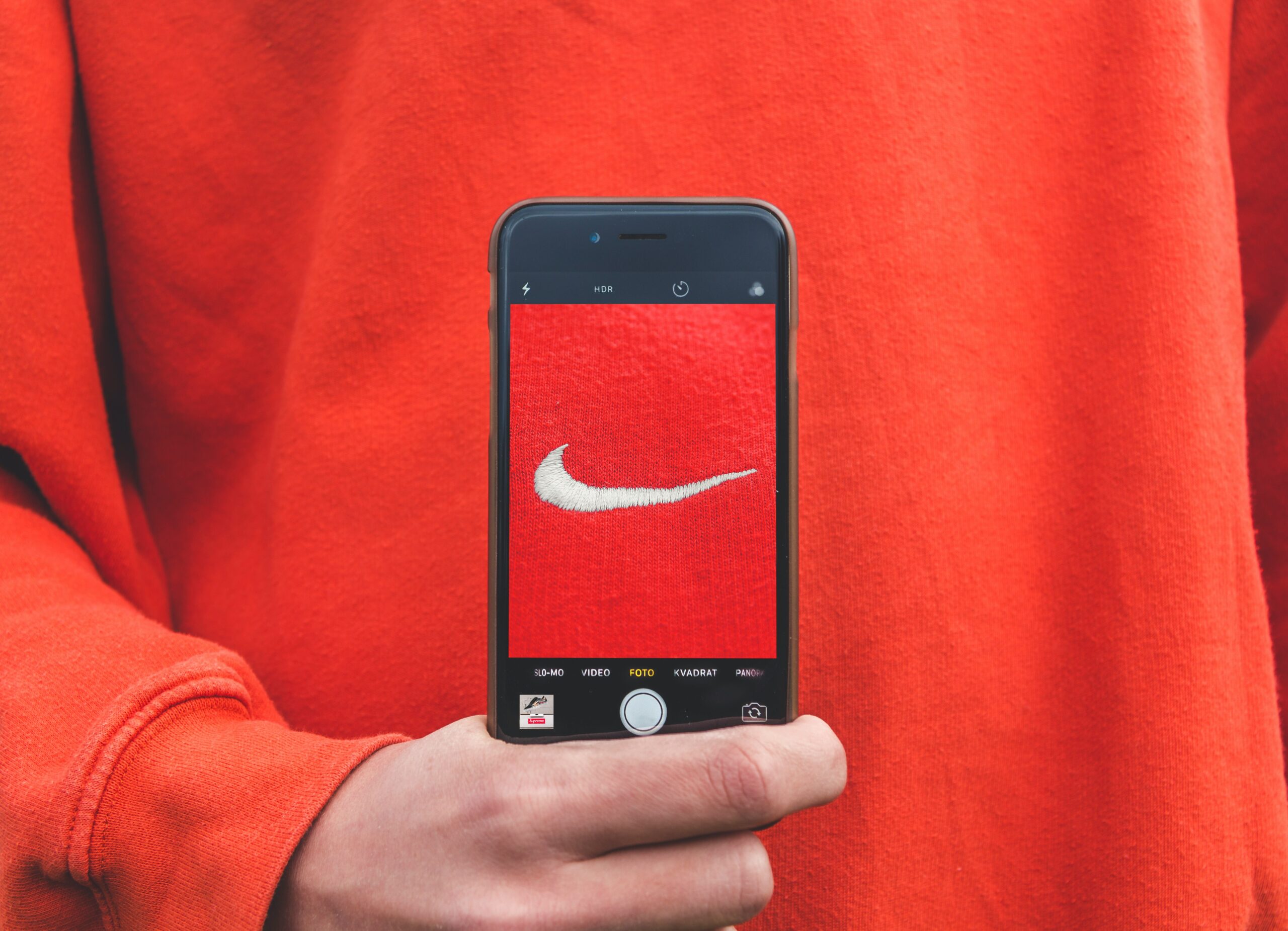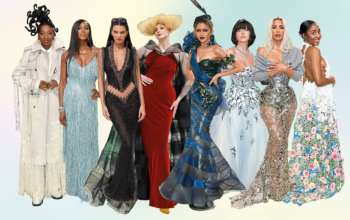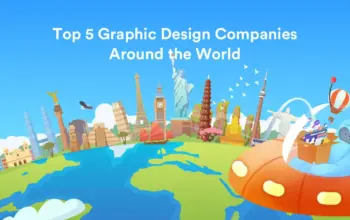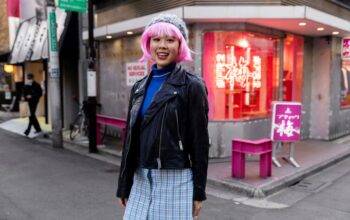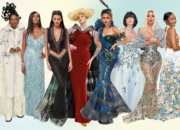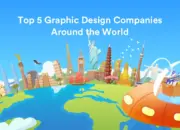Uzone.id – Visual communication is a powerful tool to grab attention and tell stories in ways that words alone can’t.
It’s the reason why a simple logo can evoke strong emotions, or why we understand a concept just by looking at a well-crafted infographic. Whether it’s for marketing, social media, or education, visual communication helps turn complex ideas into something digestible and memorable.
But what is it about visuals that make them so impactful, and why is telling a story through design so important in 2024?
Why Visual Communication Matters

Visual communication is all about conveying ideas, messages, and emotions through visual elements like images, colors, typography, and even space. That’s because, people remember what they see more than what they read or hear.
This is why brands use visuals to connect with audiences. Think of the Nike swoosh or McDonald’s golden arches. Even without any text, these symbols communicate entire stories about the brands behind them.
This makes sense because humans are hardwired to process visuals faster than text. In fact, it only takes 13 milliseconds for our brains to process an image, according to MIT News. So, in a world full of information overload, visuals help us digest content quickly and efficiently.
Why Stories Matter
People love stories. They’re relatable and help us make sense of the world. Instead of reading blocks of text, visuals let us experience a story through colors, shapes, and images.
For example, Apple. Their ads often don’t scream “buy this product!” Instead, they show how their products fit into a lifestyle — sleek, modern, and innovative. You don’t need a 10-minute pitch to understand what the brand stands for—its design does the talking.
Another example is infographics. They take complicated data and break it down into visually appealing charts or images that are easy to read and understand. Canva and Piktochart are two popular tools people use to create such infographics effortlessly.
Key Elements of Visual Communication

To create effective visual stories, you need to understand the building blocks of design. Here are some key elements:
1. Color: Different colors evoke different emotions. For instance, red can signify passion or urgency, while blue is often linked to trust and calmness. Brands carefully choose color palettes to reflect their personality.
According to HuffPost, color psychology is important to understand and utilize in your marketing efforts, especially because neuroscience says humans may be hardwired for certain shades. This is why brands like McDonald’s use bright reds and yellows, which evoke feelings of excitement and hunger.
2. Typography: A bold, blocky font will communicate confidence and strength, while a soft, cursive font feels more personal or elegant. While, a handwritten font communicates something entirely different than a sleek, modern typeface.
3. Imagery: High-quality images can quickly capture attention. Photos, icons, and illustrations can tell the story in a more engaging way. High-quality images also boost credibility — no one trusts a website filled with blurry, low-resolution pics.
4. Layout: How you arrange elements on a page also plays a role in storytelling. A cluttered design can feel overwhelming, while a balanced, clean layout feels professional and easy to follow. White space, or negative space, can even create a feeling of luxury or sophistication, like what you see in high-end fashion ads.
Visual Communication in Digital Platforms
With Gen Z leading the charge in how we consume content, visual communication is more important than ever. Social media platforms like Instagram, TikTok, and Pinterest are designed around visuals. Brands that can tell their stories visually are the ones that thrive in these spaces.
Take TikTok, for example. Many creators use the platform to tell stories in under 60 seconds using clever editing, transitions, and text overlays. Visual communication here is fast, punchy, and creative — perfect for grabbing attention in a short amount of time.
On Instagram, brands use a consistent color scheme and design elements to create a cohesive look. This visual identity helps followers immediately recognize their posts even without a logo or name.
Wrapping It Up
Visual communication has become the key to effective storytelling. Whether you’re designing a logo, crafting a social media post, or creating an infographic, the way you present information visually can make all the difference.
So, the next time you scroll through your feed or see a billboard, pay attention to the visuals. They’re telling you more than you might realize.

